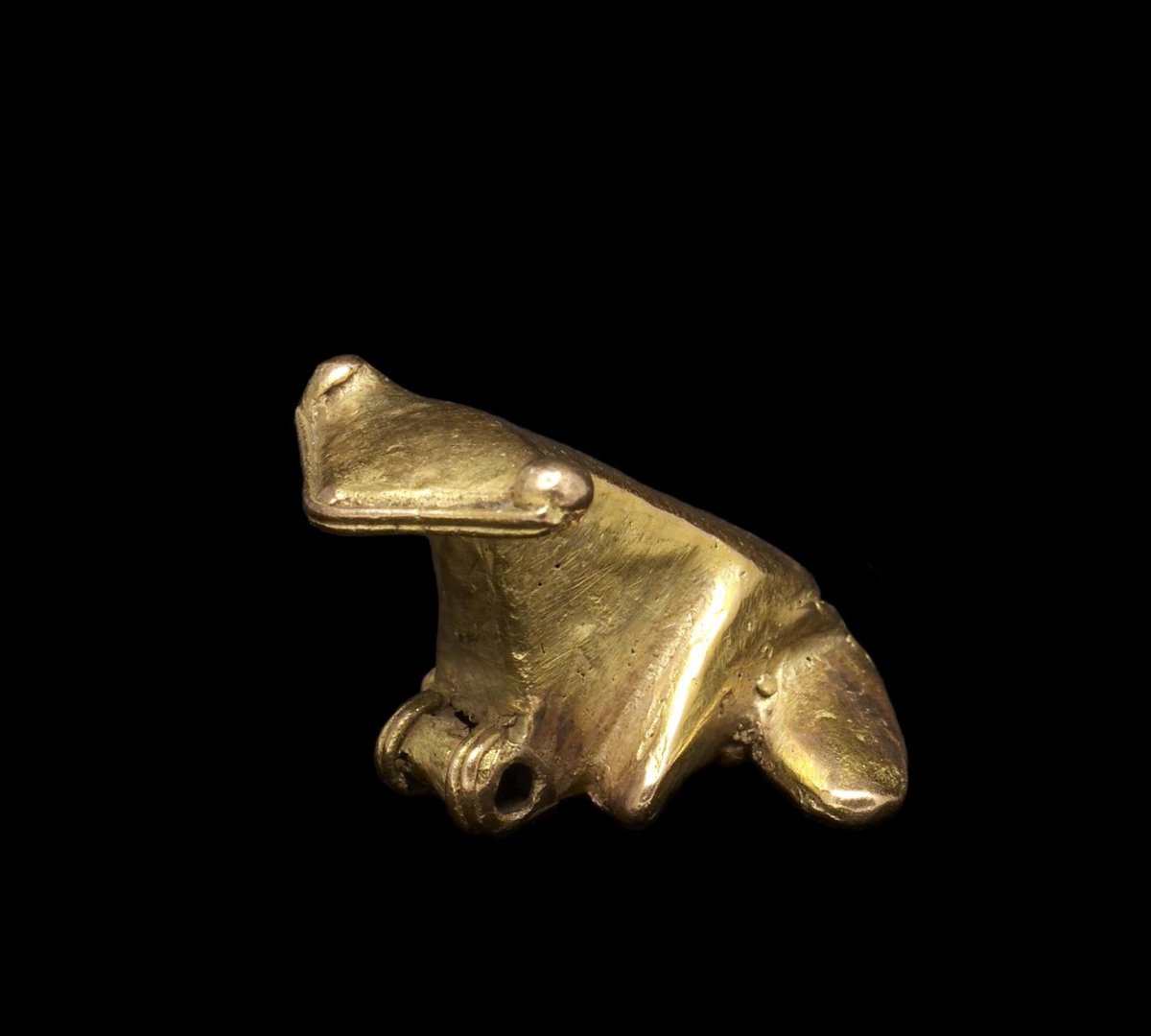1801
1803
1804
1805
1806
1809
1811
Pegasus. Roman fresco of the 2nd cent. AD. Now in the National Museum of Rome - Palazzo Massimo alle Terme. Photographer: Carole Raddato @carolemadge
1813
1814
1815
1816
1817
1818
1820
1822
1823
1825





























